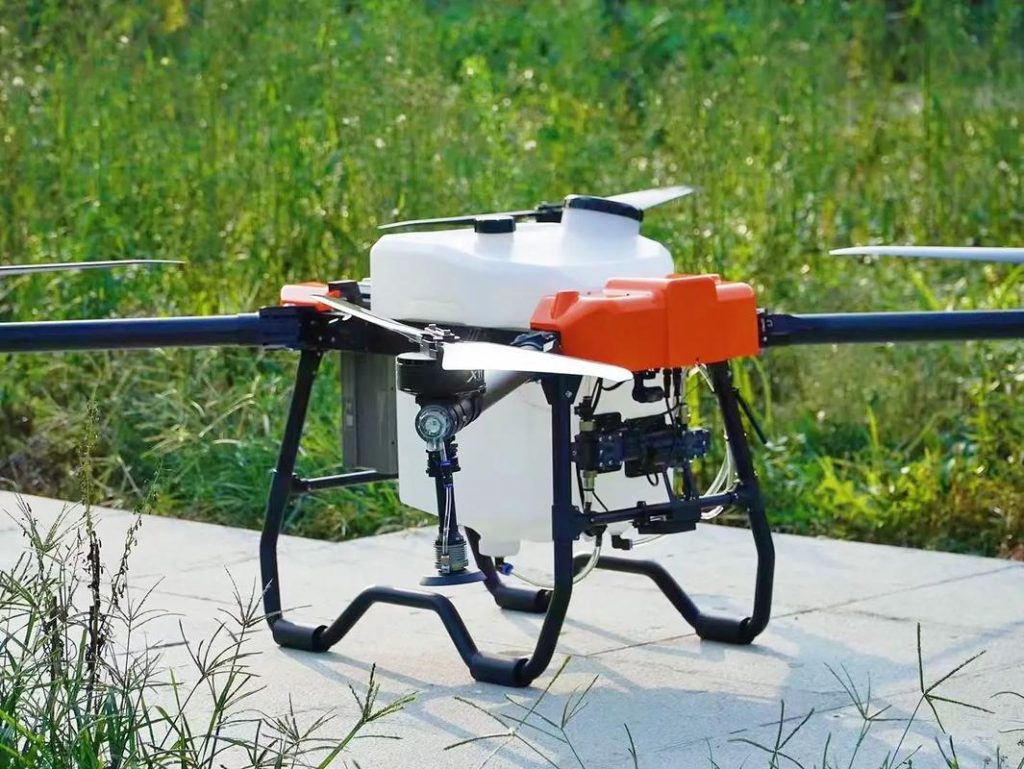
Iraq, a nation where agriculture once fueled empires and today sustains 25% of its workforce and 15% of GDP, carries both a rich legacy and urgent modern challenges. From the fertile plains of Mesopotamia—where wheat and barley have been cultivated for millennia—to the date palm groves of Basra and vegetable farms along the Euphrates, Iraqi agriculture is a pillar of food security and cultural identity. Yet, decades of conflict, water scarcity, and climate volatility have strained its potential. With droughts drying up 30% of arable land since 2000 and a youth exodus leaving rural areas under-manned, Iraq is turning to smart technology to revive its farming sector. Among the most transformative tools: agricultural drones. For Iraqi farmers, cooperatives, and government initiatives, sourcing advanced drones directly from China’s specialized manufacturers offers a tailored, resilient solution to cultivate efficiency, sustainability, and growth.
Iraq’s Agricultural Crossroads: Why Drones Are Critical
-
Water scarcity: The Tigris-Euphrates basin, once a lifeline, now sees water levels dropping by 3 meters annually. Agriculture consumes 90% of Iraq’s freshwater, yet traditional irrigation wastes up to 50% through evaporation or overuse.
-
Labor shortages: Urbanization and displacement have shrunk the rural workforce. In Diwaniyah, 60% of wheat farmers are over 55, delaying critical tasks like pesticide spraying during peak harvests.
-
Climate volatility: Rising temperatures (up to 50°C in summer) and frequent sandstorms degrade equipment and crops, while unpredictable rainfall triggers flash floods in the south—costing the sector $500 million yearly in losses.
Chinese Agricultural Drones: Engineered for Iraq’s Harsh Conditions
1. Extreme Climate Durability
-
Heat-resistant components: Advanced cooling systems and high-temperature circuitry (tested up to 60°C) ensure operation during midday flights, critical for wheat fields in Nineveh or date groves in Basra.
-
Sandstorm-proofing: IP68-rated motors, sealed sensor housings, and self-cleaning filters prevent sand ingestion—vital for survival in regions where sandstorms can ground conventional machinery for weeks.
-
UV-stabilized frames: Aircraft-grade aluminum alloys with UV-resistant coatings resist degradation from Iraq’s intense sunlight, extending service life by 40% compared to standard models.
2. Precision Technology for Resource Efficiency
-
Ultra-low water spraying: Atomized nozzles reduce water use by 60–70% compared to flood irrigation. For wheat farms in Anbar, this cuts freshwater consumption by 2,000 liters per hectare—critical for sustaining irrigated agriculture amid declining river flows.
-
AI-driven crop monitoring: Multispectral cameras analyze leaf health, soil moisture, and pest outbreaks (e.g., locust swarms in the north). In Maysan’s date plantations, this enables early intervention, reducing crop losses by 25% and preserving the nation’s iconic date exports.
-
RTK GPS accuracy: Centimeter-level positioning ensures uniform coverage in flat, sandy plains—ideal for large-scale wheat and barley fields, where inconsistent spraying wastes inputs.
3. Scalability for Diverse Operations
-
Compact models: Lightweight, foldable drones (under 12kg) are easy to transport via pickup trucks or boats to remote villages, where infrastructure is limited.
-
Enterprise fleets: Larger cooperatives or government projects can deploy swarms managed via cloud software, streamlining operations and cutting training time by 50% compared to traditional machinery.
Beyond Hardware: A Partnership for Long-Term Success
-
Localized training: On-farm workshops teach pilots to operate drones, interpret multispectral data, and perform desert-specific maintenance (e.g., cleaning sand from sensors). In partnerships with Iraq’s Ministry of Agriculture, this has reduced downtime by 45% and accelerated adoption among rural communities.
-
Rapid support: Regional partners in Baghdad and Erbil stock spare parts, ensuring replacements arrive within 48 hours—critical during planting or harvest seasons when delays risk crop failure.
-
Compliance assurance: Drones meet Iraqi technical standards and align with the country’s water conservation laws, simplifying regulatory approval for buyers.
Mutual Gains: Strengthening Iraq’s Food Security
-
Water and cost savings: Reduced resource use lowers operational expenses, making local farming more economically viable and easing pressure on non-renewable groundwater.
-
Enhanced export readiness: Precision farming lowers chemical residues, aligning with EU and Gulf market demands and boosting Iraq’s agricultural exports—projected to reach $3 billion by 2030.
-
Climate resilience: Faster, targeted interventions (e.g., post-drought crop recovery) help farmers adapt to increasing aridity, securing food supplies for Iraq’s 43 million people.

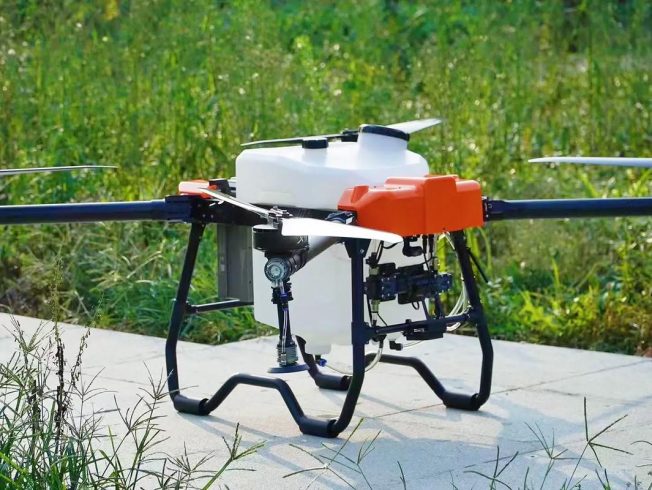
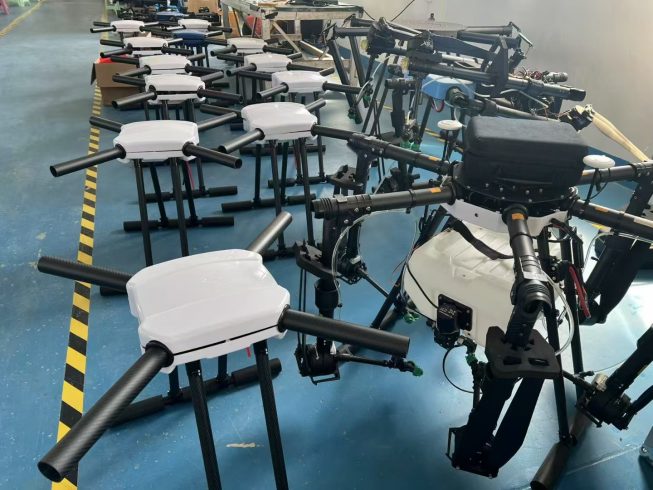
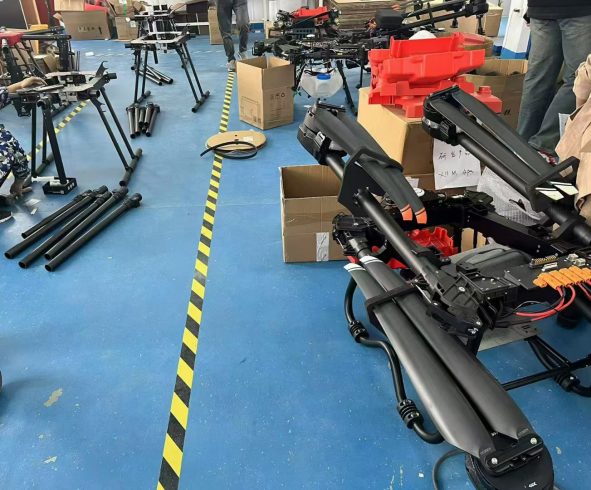
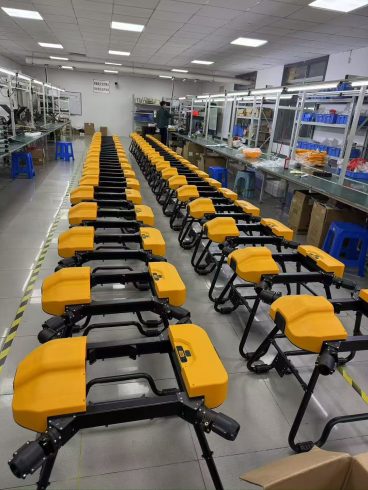



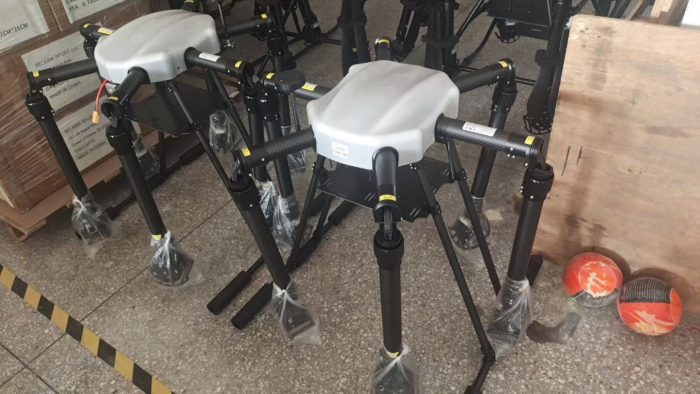
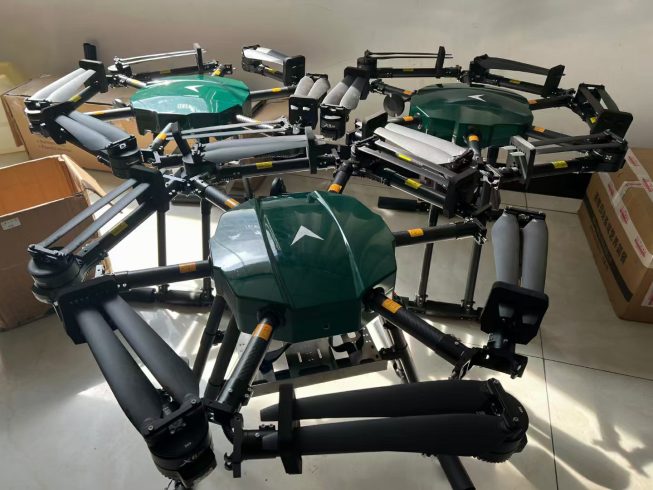
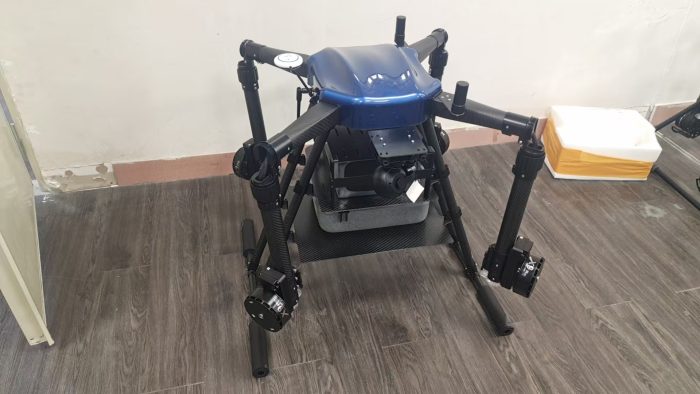

暂无评论内容